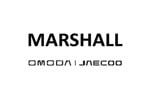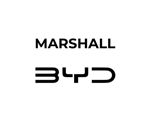It may seem an attractive proposition to the new car buyer but when it comes to replacing a Xenon bulb, the cost (up to £200) is often massively out of proportion in comparison with standard bulbs in the mind of the typical car owner.
News of disgruntled owners has spread into the popular motoring press and means used buyers are simply not prepared to pay extra for the feature, even though it added maybe £500 to the car’s original cost new.
On the other hand, the traditional view of white as one of the poorest colours may be beginning to change. Research for the insurance value settlement tool, Market Value Manager, is confirming that in some cases white is no longer penalized as severely in terms of its impact on value.
This is not to say that white is about to become the new silver, or that the change of heart is universal across marques. But, just as an example, detailed research suggests that a white Golf is viewed more favourably in the current market than a year ago. In 2005, white knocked more than £800 off a Golf’s value, but this year that figure has almost halved to a typical reduction of £433.
The varying attitudes to white among used car customers of different but equivalent models is still considerable, however. For example, white spells more residual value damage to a Renault Laguna than a Ford Mondeo, the former losing £477 and the latter £300 – a difference of £177.
It is certainly too soon to declare redundancy for the term ’60 day white’ but tastes do change – as does paint technology – and the switched on dealer may well be able to capitalize on this.












Login to comment
Comments
No comments have been made yet.